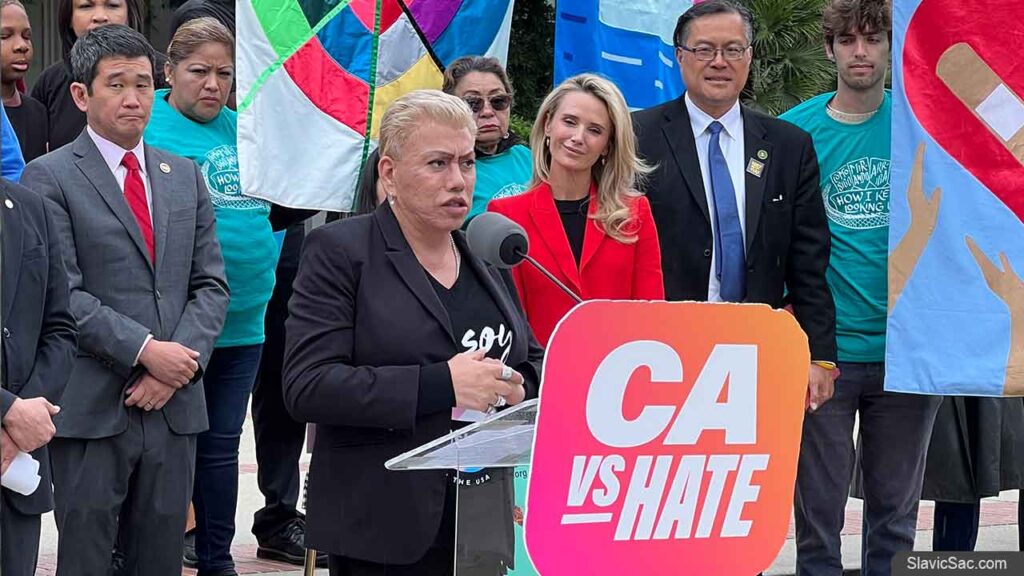Tijuana is on the brink of completing an ambitious project – the reconstruction of a border wall that separates Mexico from the United States.
Nestled in Tijuana, Mexico, this monumental undertaking represents the culmination of a comprehensive, multi-year initiative aimed at replacing aging border structures throughout the region. The previous barrier, which stretched several meters into the depths of the Pacific Ocean, had succumbed to the relentless forces of corrosion and rust, visibly deteriorating before our very eyes.
Attempting to quantify the cost of this colossal endeavor remains a complex task, continually under scrutiny by federal authorities. It involves intricate mathematical formulas and estimations. However, one thing is unequivocal: taxpayers are contributing approximately $16 million for every mile of the new wall under construction, and these expenses continue to escalate annually. An astonishing $300 million is allocated by the government each year to maintain this imposing border fortification.
The genesis of this reconstruction project traces back to January 2017 when President Trump signed Executive Order 13767. This directive unequivocally mandated the United States government to initiate wall construction along the US-Mexico border, with funding provided by the federal government.
Here, amidst the clangor of shovels, machines, and excavators systematically dismantling the hulking iron structures encircled by conventional wire fencing, only two vigilant Mexicans stand guard, their assault rifles a symbol of the border’s significance. Remarkably, these sentinels greet passing onlookers with cameras with a surprising affability, underscoring the unique dynamics of this particular stretch of the Mexican-American border.
Despite the apparent absence of human activity in the immediate vicinity, the adjacent local beach still attracts a handful of tourists, lounging in the sun, enjoying leisurely hookah sessions, and savoring the perpetually radiant weather. The heavily anticipated conclusion of the border wall reconstruction is now poised on the horizon, a pivotal moment in this unfolding narrative.
In spite of several years of ongoing reconstruction, a touching conflict persists here – a clash between advocates of culture and the Customs and Border Protection (CBP).
Passionate cultural defenders have fervently called for the preservation of specific sections of the wall. This towering iron structure, which has not only physically separated neighboring nations but also disrupted the lives of countless asylum seekers, dreamers, and immigrants for decades, holds deep significance.
On this wall, heartfelt messages, intricate drawings, and moving paintings stand as proof of the love and concern of those separated by immigration. An array of artistic masterpieces has adorned this state barrier, including works by undocumented artists who traveled to Tijuana in their quest to cross the border, often without proper legal status.
Among those aspiring to cross the Mexican-American border, there is a significant presence of residents who speak Russian and hail from countries that were once part of the Soviet Union. They too have gathered at this wall’s demolition site, seeking their way to the land of freedom. This stretch of the border wall has witnessed countless farewells, capturing touching moments in photographs that may mark the end of one chapter and the beginning of another.
While not all stories that unfold along this border are marked by sadness, many immigrants carry lasting memories of Mexico, set against the backdrop of this imposing border barrier and the expansive Pacific coastline.
The fate of the old border wall’s segments remains uncertain. Nevertheless, there is still hope that those overseeing its reconstruction may recognize the importance of preserving the legacy of generations of immigrants to the United States.
Vitaly Ataev Troshin, SlavicSac.com
California Local News Fellowship




